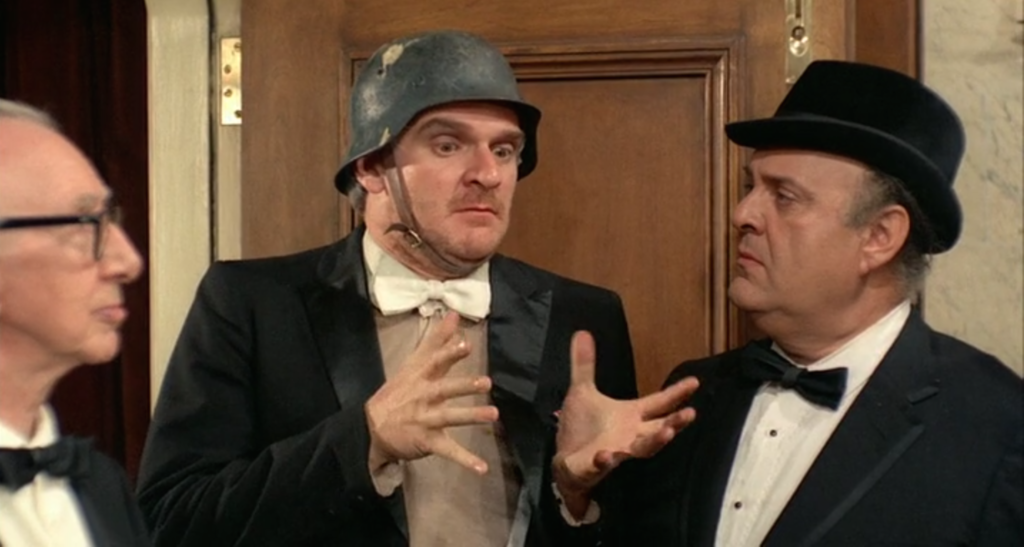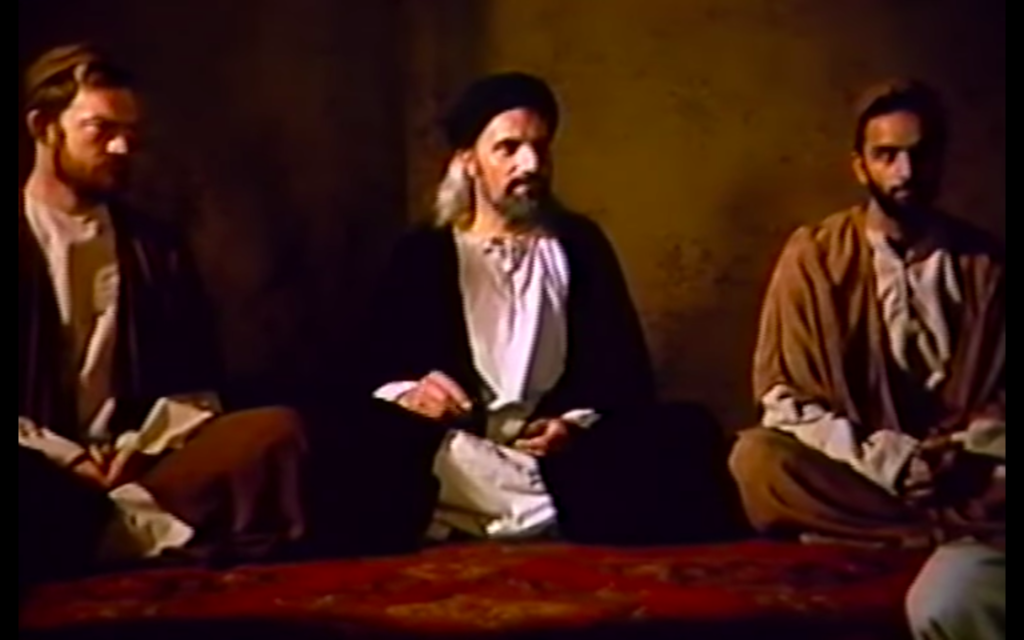If you start sniffing around the copywriting cafeteria, you will soon discover that many top copywriting chefs revere one specific book. It’s an old book, originally published 53 years ago. It wasn’t republished for many years, so resourceful people stole this book from public libraries, while less resourceful people bought used copies on eBay. This eventually drove the price for a single copy up to $600 or more.
It must be pretty amazing to be worth so much money, right?
Well, once you start reading this book, odds are good you will soon be frustrated. That’s because the book, while written by a top-level copywriter who knew how to write simply and clearly in sales letters, is complex and complicated and hard to read and contains new and unfamiliar ideas. But this last bit is why so many expert copywriters revere this one particular book.
The book in question was written by the great Eugene Schwartz, and is called Breakthrough Advertising. The reason it’s so revered is that, in the first 3 chapters alone, it gives an unrivaled explanation of how marketing evolves in different markets, and how businesses, marketers, and copywriters can use this to their profit.
The gist is that you always want to differentiate yourself. Of course, that summary is a little too general to be useful. If you want more detail, you have two options.
Option one is to get a copy of Breakthrough Advertising yourself and to push through it, or through the first three chapters at least. The book is available now for the ridiculously low price of $125, and if you really do read it and apply what it teaches, it will be well worth your money and brain power.
Option two is free and will only take 3 minutes and 4 seconds of your life. It might even make you laugh. I’m talking about a new Key & Peele video that a friend just sent me, titled (entitled?) “You Can’t Con a Con Artist If You’re Also a Con Artist.”
This short sketch is not nearly as detailed of a guide as Breakthrough Advertising, but it presents many of the same ideas, in a condensed, entertaining package. If you want to give it a looksee, and try to unravel the marketing messages hidden within, here is the link:



